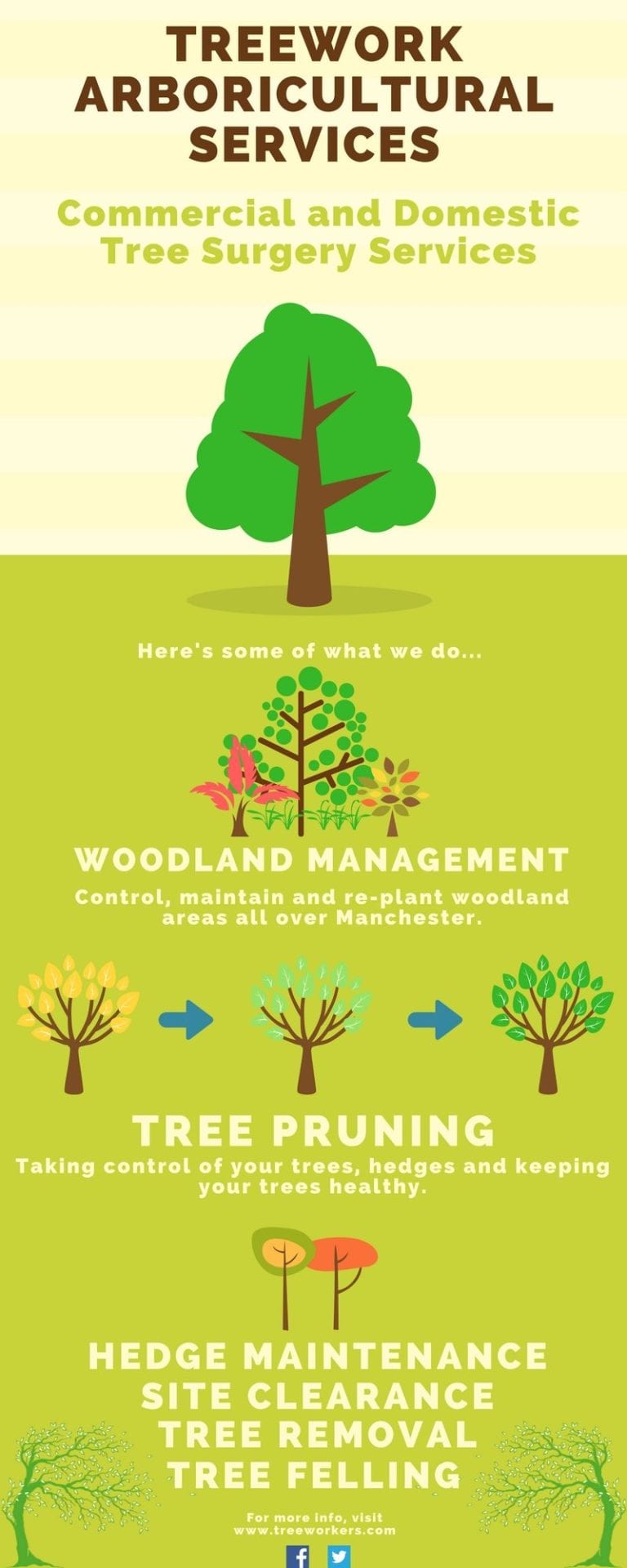Signals That It's Time To Remove A Tree: Identifying Unsafe Trees
Signals That It's Time To Remove A Tree: Identifying Unsafe Trees
Blog Article
Content By-Lillelund Hubbard
When it comes to tree treatment, identifying the signs that it's time for removal is necessary for your safety and property. You may discover discolored leaves, wilting branches, or weird fungal developments indicating health issue. Structural issues, like a considerable lean or fractures in the trunk, can also present risks. Comprehending these warning signs can aid you make educated decisions about your trees and protect against potential dangers prowling in your backyard. What should you try to find following?
Indicators of Degeneration and Illness
When you notice indications of decay and disease in your trees, it's essential to act quickly. Look for discolored fallen leaves, wilting branches, or uncommon growths like fungi. https://www.mysanantonio.com/real-estate/sellingsa/article/The-hottest-Texas-landscaping-trends-for-2020-15419087.php can indicate that your tree is struggling.
If you see cracks in the bark or soft, mushy timber, these symptoms suggest internal degeneration. In addition, an unexpected increase in bugs around your tree can indicate that it's damaged and susceptible.
Look for any type of dead or passing away arm or legs, as they position a risk to your home and safety. If you're uncertain concerning what you see, speaking with an arborist can provide quality.
Dealing with these indications early can conserve you from more extensive damages and ensure the health of your yard. Don't wait until it's far too late.
Structural Instability and Leaning
As you observe your trees, keep an eye out for any kind of signs of architectural instability or leaning. If a tree leans dramatically, it may show that the root system is jeopardized.
Look for any fractures in the trunk or soil around the base; these can indicate potential failing. Additionally, check for uncommon growth patterns, like a lopsided crown, which may recommend that the tree is having a hard time to hold itself upright.
If you notice that the tree favors your home, high-voltage line, or other frameworks, it positions a higher danger. Don't neglect these indicators-- seek advice from an arborist to evaluate the circumstance.
Taking action early can stop costly damage and guarantee your safety and security.
Dead or Dying Branches and Foliage
If you observe dead or passing away branches and foliage on your tree, it's a clear sign that something's incorrect.
These harmful locations can show underlying problems like illness, insect problems, or environmental stress. When branches lose their leaves or turn brownish, they're no longer adding to the tree's health. Overlooking https://cashpfwnc.blogginaway.com/35938632/understanding-of-tree-debris-elimination-gains-and-ideal-approaches-for-homeowners might lead to more decline, making your tree more unsafe.
Dead branches can easily break off during storms, presenting a threat to residential property and people nearby. It's important to assess the extent of the damages.
If the issue affects a substantial part of the tree, take into consideration speaking with a professional. They can assist determine if elimination is required to make certain safety and preserve the elegance of your landscape.
Verdict
If you observe any signs of decay, structural instability, or dead branches on your trees, do not ignore them. https://natural-stump-killer28495.theideasblog.com/35780296/safety-tips-for-tree-removal-crucial-info-to-think-about-prior-to-you-begin can pose major safety and security threats to you and your residential or commercial property. It's always best to consult a specialist arborist who can offer an expert evaluation of your trees. Acting early can stop crashes and pricey damages, guaranteeing your landscape stays secure and healthy. Bear in mind, it's better to be aggressive concerning tree care than to wait for a catastrophe to take place.
